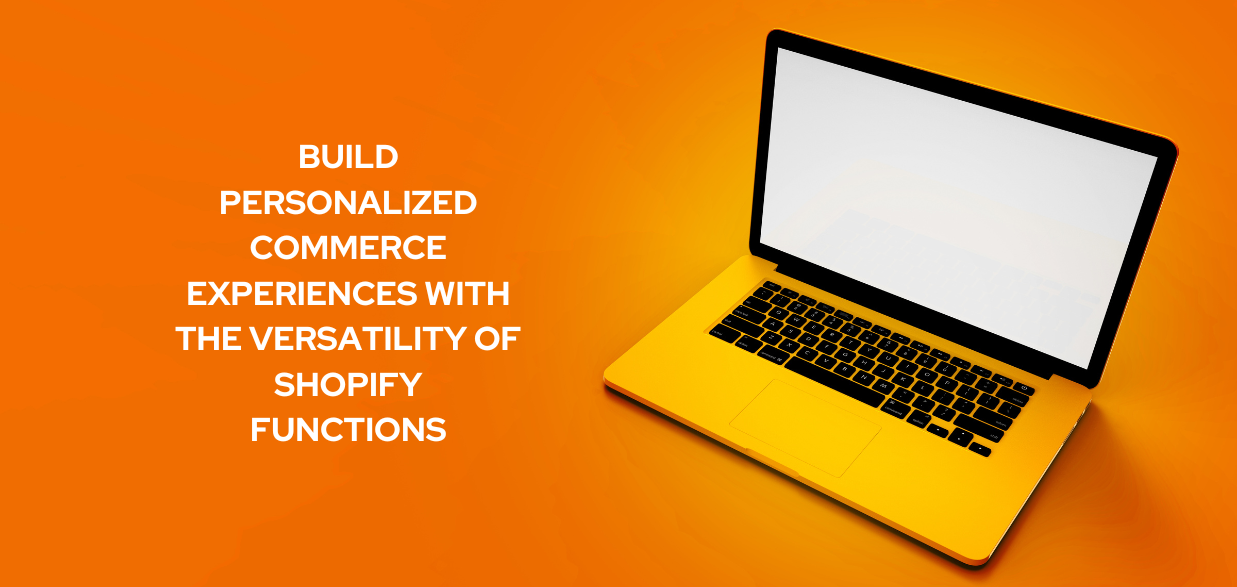Embracing the Future of Headless Commerce on Shopify
Introduction
Headless commerce is a modern approach to e-commerce that decouples the front-end presentation layer from the back-end functionality. By separating the two, businesses gain the flexibility to deliver personalized, seamless shopping experiences across multiple touchpoints, including websites, mobile apps, IoT devices, and more. With headless commerce, Shopify Experts can leverage APIs and microservices to build custom front-end experiences while integrating with various back-end systems like inventory management, payment gateways, and customer databases.
How Does Headless Commerce work?
Headless commerce works by separating the front and back ends of an e-commerce platform. The front end, the presentation layer, is responsible for the user interface and customer experience, while the rear end handles the business logic and data management. The front end can communicate with the back end through APIs to access product information, inventory data, payment processing, and other functionalities. This decoupling allows businesses to create and deliver customized front-end experiences across various devices and channels while the back-end systems remain intact and scalable. Headless commerce empowers enterprises to innovate rapidly, enhance customer experiences, and integrate with new technologies effortlessly.
Headless commerce with Shopify
Headless commerce with Shopify involves decoupling the front end from the back end of the Shopify platform.Shopify Developers can build a custom front-end using technologies like React or Vue.js while utilizing Shopify’s APIs to retrieve data and manage back-end functionalities such as inventory, orders, and customer data. This approach provides the flexibility to create personalized, seamless shopping experiences across multiple channels and devices. Businesses can leverage Shopify’s robust ecosystem of integrations and features while maintaining the freedom to design and customize the user interface to align with their brand identity and customer preferences.
Benefits of Headless Commerce with Shopify
Headless business with Shopify offers several advantages:
- Customization: By decoupling the front end from the back end, Developers have complete control over the design and user experience, allowing for highly customized and unique storefronts.
- Flexibility and Scalability: With headless commerce, businesses can independently scale their front-end and back-end systems to handle increased traffic and adapt to changing business needs.
- Extensive API Integrations: Shopify provides robust APIs that allow seamless integration with third-party services, enabling businesses to leverage additional features and tools to enhance their e-commerce capabilities.
- Faster Development: Shopify Experts can simultaneously work on the front and back end, reducing development time and enabling more rapid iterations and updates.
Cons of Headless Commerce with Shopify
While headless commerce with Shopify offers numerous advantages, it’s essential to consider some potential drawbacks:
- Development Complexity: Implementing a headless commerce architecture with Shopify requires more advanced technical expertise than Shopify Development Company. This complexity can result in increased development and maintenance costs.
- Higher Development Costs: Creating a custom front-end experience requires additional development resources and expertise, which can result in higher upfront costs and ongoing expenses.
- Limited Theme Options: Shopify’s built-in themes and templates may need to be more usable in a headless setup. Businesses relying on pre-built themes may face limitations or require additional customization efforts.
Conclusion
Headless commerce with Shopify allows businesses to create personalized, omnichannel shopping experiences. Shopify Development Company offers benefits like customization and scalability, it also brings challenges like development complexity and higher costs. Careful consideration is necessary to determine whether headless commerce fits a business’s unique needs.


